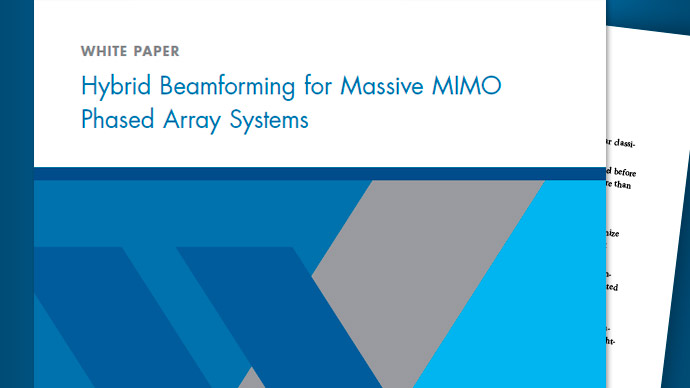Main Content
axialRatio
轴向比率of antenna
Syntax
Description
axialRatio(plots axial ratio of an antenna over a specified frequency, and in the direction specified byantenna,frequency,azimuth,elevation)azimuthandelevation. Any one among frequency, azimuth, or elevation values must be scalar. If only one of the values are scalar, the plot is 3-D. If two values are scalar, the plot is 2-D.
Examples
Input Arguments
Output Arguments
Introduced in R2015a



